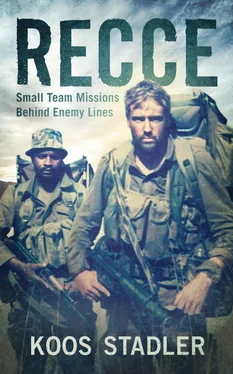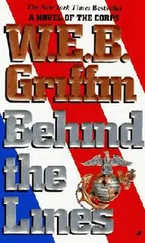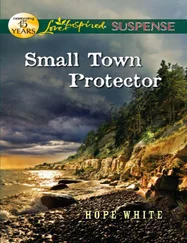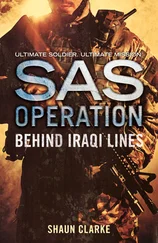There were other exercises, like Octopus and Iron Cross, that were physically quite tough, but since they were all group exercises I found them relatively tolerable. For me the only really demanding test was the interrogation phase, towards the end of the course. The instructors concocted a devious plan to capture us, one by one, as we patrolled through a stretch of thick undergrowth. With our arms tied behind our backs and our faces hooded, we were transported to the base where the “interrogation” commenced – and lasted throughout the night.
I was expecting this, but nothing had prepared me for the shock of the extreme cold. My clothes were removed and I was tied to a post on a bare gravel surface. Then the agony started, as some sadist kept pouring ice water over me. At about midnight I discovered that I could retain some body heat by lying flat in the mud that was forming beneath me, and by keeping my legs closely pressed together. But my tormentor had obviously seen this trick before, as he ordered me onto my hands and knees. By kicking my legs open, he could shoot buckets of icy water up my backside – right up into the core of my body where I kept the last warmth, and where he knew it really mattered.
Relief came in the form of the interrogation sessions, where they placed us one by one in front of a blinding white light while an interrogator peppered us with nonsensical questions. Since the movement had warmed my numb limbs and the rays of the light were pleasantly warm on my naked body, I found this quite a treat and tried to extend my time with the interrogator by babbling on and on. This was subsequently held against me: my report after the course stated that I might be a security risk as I was “prone to giving secrets away”!
The South African Recce selection course in those days was known to be physically extremely demanding, as the weight of the equipment and the distances covered were beyond the abilities of the average soldier. But, indeed, so were most of the Special Forces operations executed at the time. The purpose of the programme was to select the very best – those who showed the physical and mental stamina to cope with the demands of operations deep inside hostile territory.
Over the years it was often asked whether the rigorous Special Forces selection process didn’t eliminate candidates who might not have had the physical ability but who could have been assets in other respects. To me this was no argument, since I believed that physical endurance and mental ability went hand in hand. And in any event, I felt that the psychological pressures during those few days were the proverbial “cup of tea”.
In my opinion three aspects made the selection relatively easy compared to my first selection at 31 Battalion a few years before. Firstly, everyone knew that it would be over in three days, as the same pattern had been followed in previous selection courses. Secondly, all the exercises were done in teams, which ensured that you consistently had a measure of peer support. Thirdly, we had an audience all the way through; the constant presence of psychologists, medics, instructors and operator-evaluators probably inspired many of us to keep up the performance.
After the Special Forces selection was completed, eleven of the original 300 candidates were left. I had a strange sense, similar to that when we finished the 31 Battalion recce wing selection, that the programme should have lasted another two or three days – to sort out the borderline cases that were not meant to become Recces. I was convinced that a few of my comrades made the selection purely on peer support. Had their buddies given up, they would not have seen the end of selection either.
2
Special Forces Training Cycle
THE YEAR-LONG Special Forces training cycle was designed to produce a highly skilled soldier who would be prepared for the demands of specialised operations conducted outside the borders of the country. It was a year filled with fantastic new experiences. The wealth of knowledge I gained on the different courses, the extraordinary people I met, the new technology we were exposed to – all of it added up to a year of high adventure. I also met extraordinary leaders of men, made lifelong friends and visited the most beautiful parts of our country.
Special Forces HQ and deployments
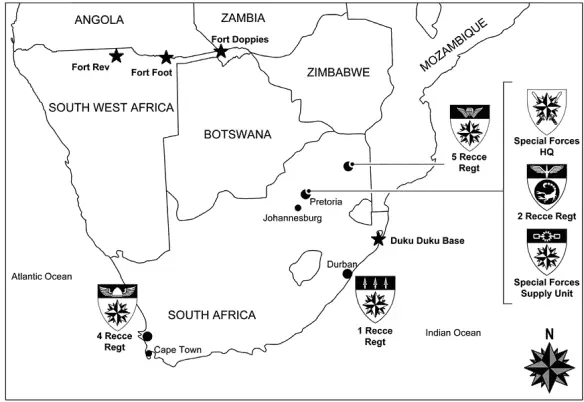
Over the course of that year, we did the toughest training imaginable. Following selection, the next phase was the Special Forces Individual course, once again in the Dukuduku State Forest. After that followed Basic Parachuting, Small Boat Orientation and Know Your Enemy, and then Air Operations and Basic Demolitions. The training cycle was concluded with the bush phase, first a Bushcraft, Tracking and Survival course and finally Minor Tactics.
Special Forces Individual
Now that we had passed selection, we were considered part of the Special Forces family. Attitudes towards us changed overnight. There was to be no more shouting and swearing. Objectives were given in a calm and mature manner, and it was up to us to achieve them. On the course we were introduced to Special Forces equipment – radios, backpacks, boots and an array of gadgets I was not familiar with. The content of the course focused on the application of weapons and equipment used by Special Forces. We were therefore also exposed to a variety of foreign-made weapons, and had the opportunity to apply them, initially on the shooting range and later during actual exercises.
Our fitness level was maintained by two PT sessions per day. These were meant to build us up for the demands of the rest of the course, and I found them quite enjoyable. While we didn’t do any more route marches, the backpack was now a constant companion during exercises.
After Special Forces Individual we went back to 1 Recce to prepare for the next three courses: Basic Parachuting at 1 Parachute Battalion, Bloemfontein, Small Boat Orientation at 4 Recce , Langebaan, and finally Know Your Enemy at 5 Recce, Phalaborwa. The group was allocated two brand-new Toyota Land Cruisers, and we drove across the country to the different units where the courses were to be presented.
Basic Parachuting
Since the eleven of us had passed the Recce selection, we did not have to do the Parachute selection, then known as PT course , but we still had to do the tough parabat entry tests – again, a series of physical tests to measure candidates’ potential. Four of us had done parachute training before, and therefore did not fall in with the actual training course, or hangar phase, as it was popularly referred to.
During the third and last week of the course, we joined the group for some progressive jumping. Those few weeks in Bloemfontein were quite carefree, and I used the time to maintain my fitness with long runs and hard physical exercise.
After the parachute course we drove through the Karoo to Langebaan, on the West Coast. The ocean was a new environment to me, and would certainly bring new challenges. Secretly I dreaded the thought of the icy waters of the Atlantic Ocean.
Small Boat Orientation
But 4 Recce turned out to be a breath of fresh air, literally, as Langebaan is renowned for its ever-present wind, and figuratively, since the unit was unique. The main base, with the headquarters, accommodation, logistics and administrative capacity, was the public face of the unit. Across the lagoon, on the northern tip of the Langebaan Peninsula, was the secretive operational base at Donkergat, an area naturally out of bounds to the public, from where operations were launched and where all training was conducted.
Читать дальше
